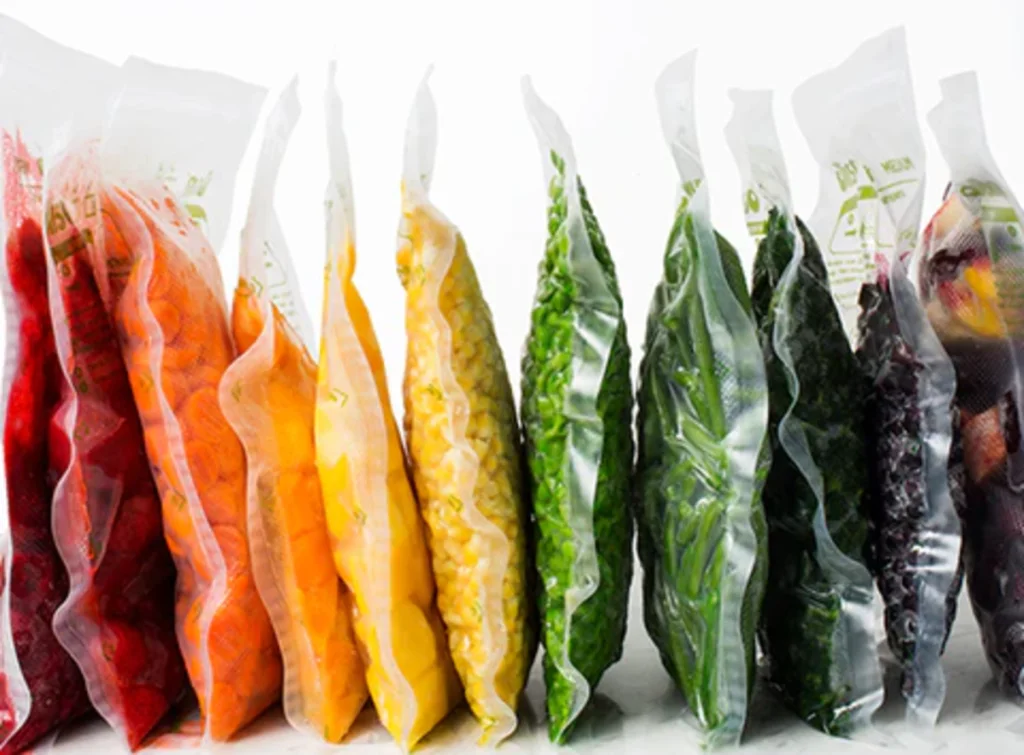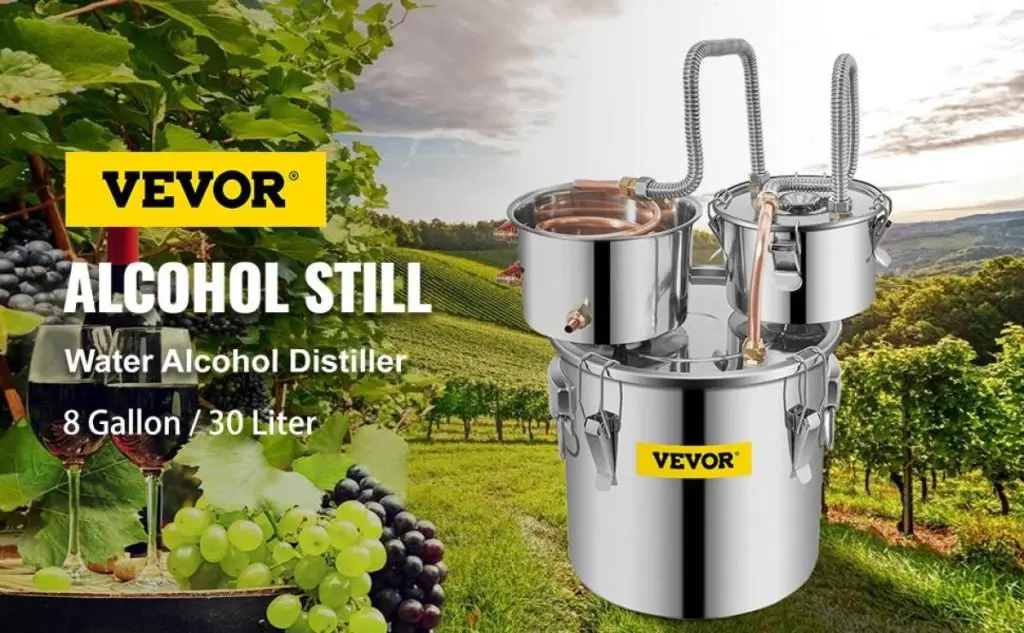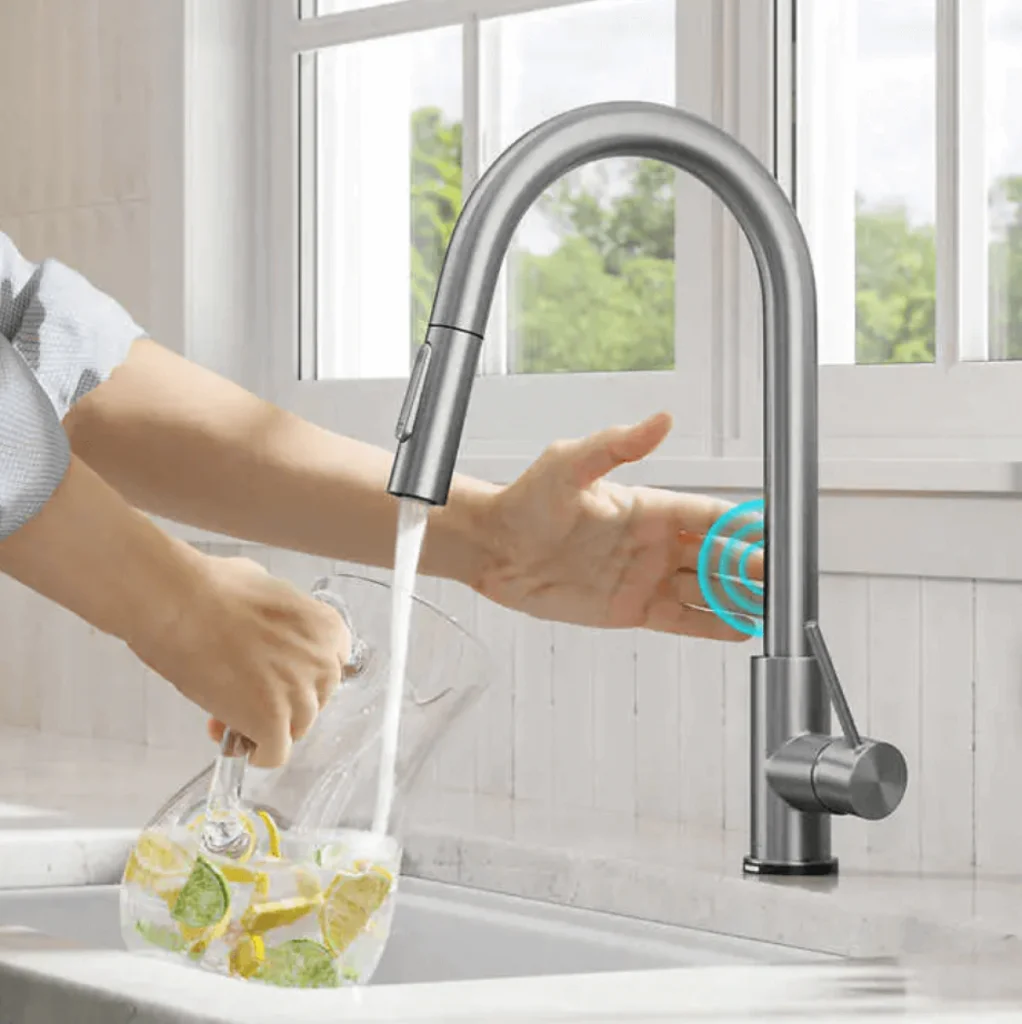In the past people needed to store and preserve food for a very long time to get through the harsh weather conditions and poverty. Nowadays, with the development of preserving technology food preservation is becoming a varied need.
Food preservation longer the shelf life of food and prevents food waste. People made their food last longer by salting or freezing it before. Nowadays there are more advanced types of preservation like vacuum sealing and canning.
In this article, you will get all the facts on vacuum sealing and canning food so you can make a proper decision about which method works best for your needs. We will also discuss the pros and cons of vacuum sealing and canning, frequently asked questions, and answers. So sit tight and let us get started.
Table of contents
Understanding Vacuum Sealing and Canning
Is vacuum sealing the same as canning? Of course not. Vacuum sealing and canning can preserve food well and save space. Vacuum sealing removes all the air from the container before sealing so that vacuum sealed food can be preserved while keeping its original shape and taste. Vacuum-sealing machines work like a charm in preserving food nowadays. They can help you keep food fresh at the click of a button.
In contrast, canning is another method of preserving food, where it undergoes significant processing before being sealed in an airtight jar. A typical shelf-life of any canned food is one to five years. There are some hard and fast rules when it comes to canning, but everyone tweaks them to fit their taste. As the food needs to be processed before you can store it in a can, its shape and taste cannot be maintained.
Dry canning and heat canning are types of canning. In dry canning, you can heat dry lentils and beans, whereas, in heat canning, you use heat to process the food and make the container air-tight to extend shelf-life. Salt dissolved in water is a major component of canned food. This is why canned food can be a major source of your daily salt intake.
Vacuum Sealing VS Canning: Which is Better for Home Food Storage
Here, we talk about the specific pros and cons of vacuum sealing first. Vacuum sealing works best for increasing the life of food on the shelf, saving space for storage, enhancing the taste of food, being cost-efficient, and much more. This preservation method might not be very suitable in cases where initial costs are a problem, limited storage options may cause an issue, and in a few more instances.
| Pros of Vaccum Sealing | Cons of Vaccum Sealing |
| Extended shelf life | Initial costs |
| Cost-effective | Limited storage options |
| Maintenance of the shape and taste of food | Limited reusability |
| Space Efficient | Not ideal for every food type |
| No chemicals or preservation agents are required | |
| Quick and easy |
| Pros of Canning | Cons of Canning |
| Increases Shelf life | Time-consuming |
| Suitable for a wider variety of food types | Spoilage if not done right |
| Different storage options | Loss of food’s original shape and taste |
| Lower initial costs | Extensive use of salt and preserving agents |
Now that you know the pros and cons of vacuum sealing vs canning techniques for preserving food, we compare these two. Canning has been around since ancient times, but vacuum sealing is still fairly new in the business. Having said that, vacuum sealing has still made a name for itself and is the go-to choice of many households and commercial kitchens in addition to food factories.
| Vacuum Sealing | Canning |
| Time Efficient | Time-Consuming |
| Initial Cost | Lower Initial Cost |
| Easy and fun | Difficult to get right |
| Space Efficient | Not Space Efficient |
| Only one type | Different types, i.e. Dry and Heat canning |
| Non-reusable | Reusable |
| Perfect for a wide variety of food types | Suitable for a smaller variety of food types |
In conclusion, for a home setting and given the fast-paced life, vacuum sealing would work best for you. It offers so much more than canning; the biggest pro is saving time and energy.
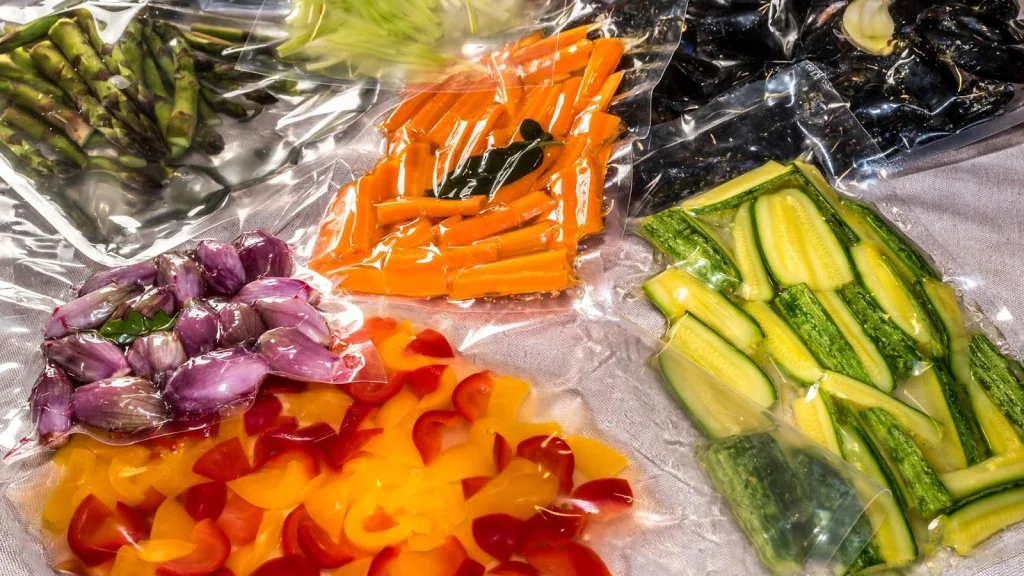
Vacuum Seal vs Canning: How to Choose
You now have extensive information on what each food-preserving technique offers you, but how do you choose between dry canning versus vacuum sealing? Here is a list of factors to consider when choosing between canning or vacuum sealing:
Food type
Vacuum sealing and canning offer different food preservation for different food types. When choosing what techniques suit you best, you must first decide what food type you will preserve. When it comes to any protein, vacuum sealing works best. Likewise, vacuum sealing works for fruits, vegetables, marinations, sandwiches, rolls, and so on and so forth.
Vacuum sealing does not work best for oily and liquid food items, and here is where canning comes in handy. Use canning to make and store jellies, marmalades, pickles, and different oils.
Nutrients and flavor
You should use vacuum sealing to keep the original taste of food intact and its nutrients. In this way, you do not need to change the food shape or taste to seal it for preservation. The method for canning is the opposite. Here the food is cooked or boiled or undergoes extensive processing to be preserved. In canning, the food undergoes major changes, which may cause it to lose its original nutrients and flavors.
Storage
Canned products sit very well on the shelf and in the fridge. Keeping the cans in a cool and dark place is better if the temperatures change drastically. The container bags of vacuum-sealed food can fit perfectly in your fridge or freezer. Unlike canned products, they will not last outside on a shelf.
Shelf life
Canning offers a larger shelf-life in comparison to vacuum sealing. A canned food item may last you one to five years and sometimes up to 30 years, whereas a vacuum-sealed food item may last between one to three years.
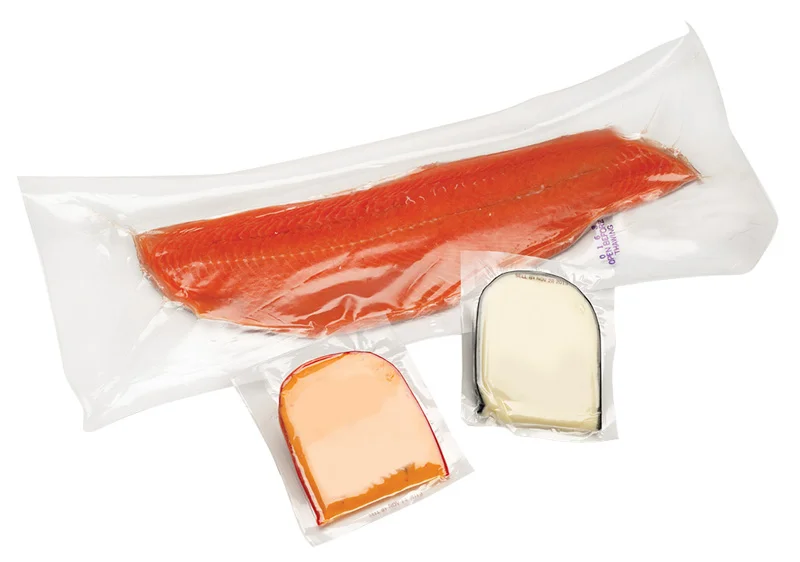
VEVOR Vacuum Sealer – Your Perfect Partner for Food Storage
VEVOR Vacuum Sealer is a state-of-the-art home food storage and preservation companion. These machines come packed with impressive features because they were made with a home kitchen in mind. The machines come with detailed instructions on best use so you can tick the food storage task off your list.
The VEVOR vacuum sealing machines come with a stainless steel body, efficient and powerful vacuum pumps, two heating bars for extraordinary sealing power, a multifunctional panel for customizing different settings, ergonomic design details, and the ability to vacuum seal a wide variety of food items.
The main advantage of using VEVOR vacuum sealing machines is that they are long-lasting and remain consistently well in vacuum sealing. The stainless steel body will keep the machine running without rust and corrosion. The VEVOR vacuum sealing machines are made for a home setting and come with home-safe mechanical parts. Besides food items, these machines can be used to vacuum seal anything that fits inside the bag, like charging cords or small jewelry.
If you want a bigger vacuum sealing machine, use the VEVOR Double Chamber Vacuum Packaging Machine. If you prefer a bigger, deeper vacuum sealing machine, choose the VEVOR DZ-400/2E Automatic Extra Deep 200mm Vacuum Sealer. Finally, if you like a sleek design, you will be very happy with the VEVOR Vacuum Sealer Machine, 95Kpa 350W.
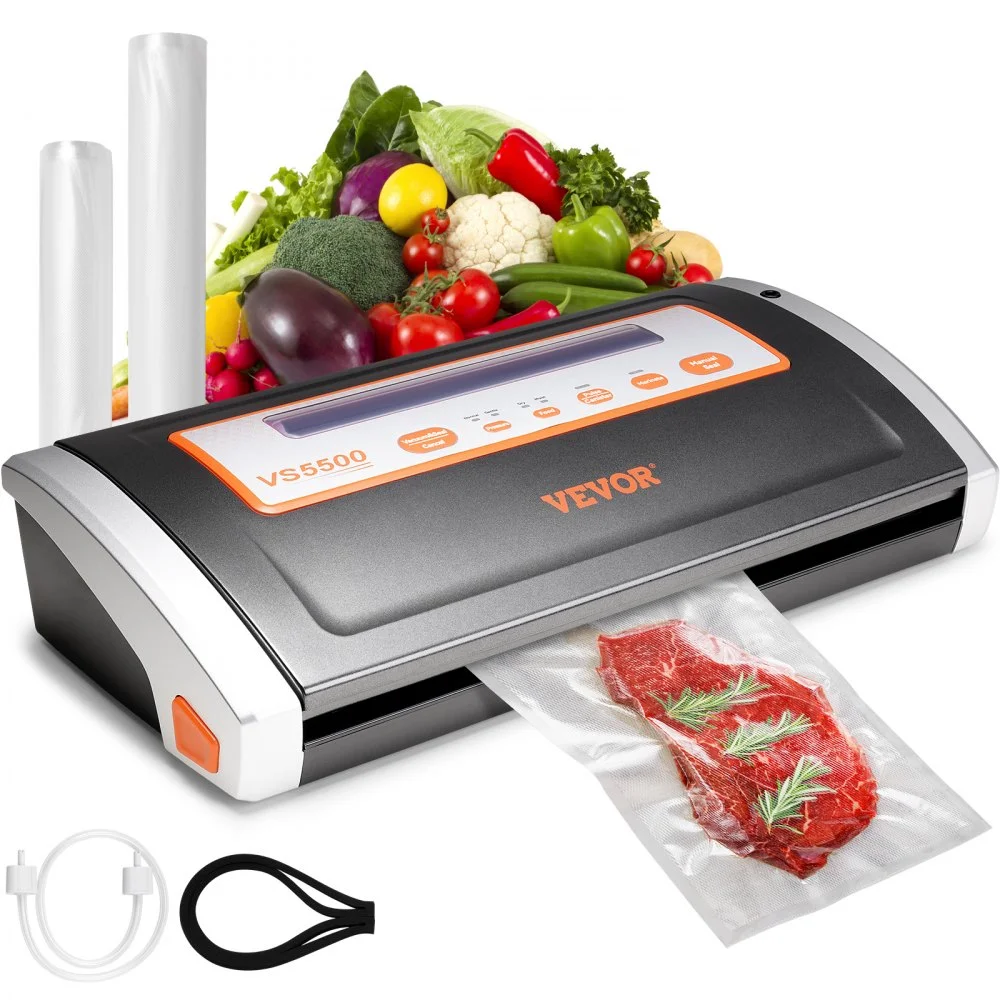
Other than vacuum sealing machines, VEVOR offers a wide range of home and restaurant kitchen appliances. Funnily enough, you will also find a good selection of handy VEVOR can-openers. The VEVOR website lets you order their products and send them to your doorstep with a minimum delivery time of only two days, whether in California, Mississippi, or New York.
FAQs about Canning and Vacuum Sealing
1. Is vacuum sealing the same as canning?
No, vacuum sealing and canning are quite different in preserving food. Vacuum sealing isolates oxygen from food while canning is heat sterilized to kill microorganisms. Dry canning is better for storing dry goods like flour and pasta, while vacuum sealing is better for preserving produce like fresh meat and vegetables.
2. What to look for when buying a vacuum sealer?
When buying a vacuum sealer, you should look at the size of the sealer, does it come with in-built roll storage and cutter bar, vacuuming time, what food types work best for this vacuum sealer, its price, availability, ease of use, and its settings for vacuuming.
3. What foods can you vacuum seal?
You can vacuum seal all sorts of food types except for liquidy and runny foods like soups and gravies. You can also vacuum all sorts of protein, vegetables, fruits, snacks, and much more.
4. Should you freeze meat before vacuum sealing?
It depends on you. If you wish to freeze your meat before vacuum-sealing it, go for it. It would work just as fine as when you vacuum seal it without freezing it.
5. How long does food last in a vacuum-sealed bag?
On average, the food can last for anywhere between one to three years inside a vacuum-sealed bag.
Conclusion
In conclusion, canning vs vacuum sealing is a head-on competition, but each has its own pros and cons and techniques to preserve food. This article discussed these techniques and what works well for a certain type of food. We suggest that before you make a choice for either of the techniques, make sure you have a good idea of what your meals look like and what you may want to preserve for a longer time. Vacuum sealing works best for preserving meat, vegetables, and bakery items without having to alter their shape or taste.
If you choose to go for vacuum sealing for your at-home food preservation, we recommend VEVOR vacuum sealer. Ensure you follow the instructions for your machine to ensure 100% foolproof food preservation and life. Having said all that, you are making a good decision for your home kitchen with the VEVOR vacuum sealer. We cannot wait for you to try it and feel our enthusiasm.

